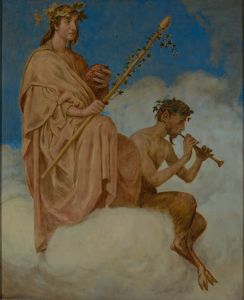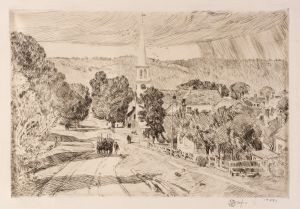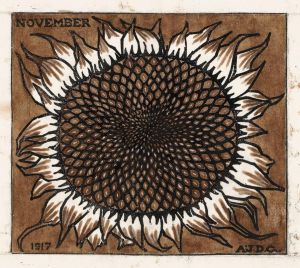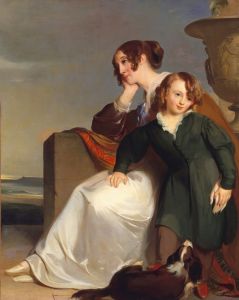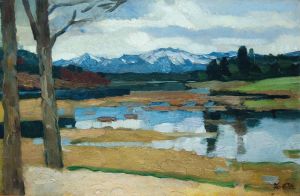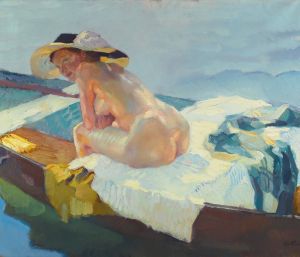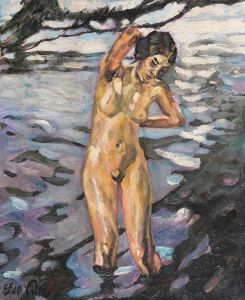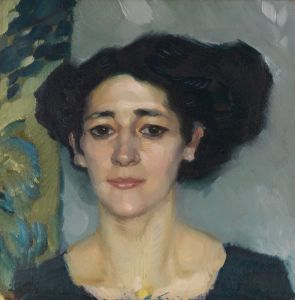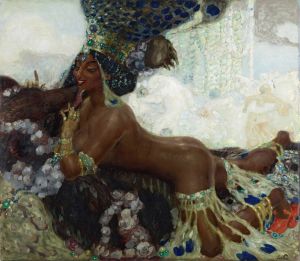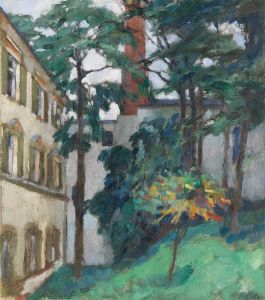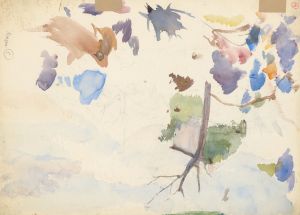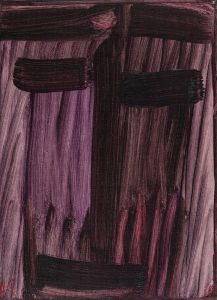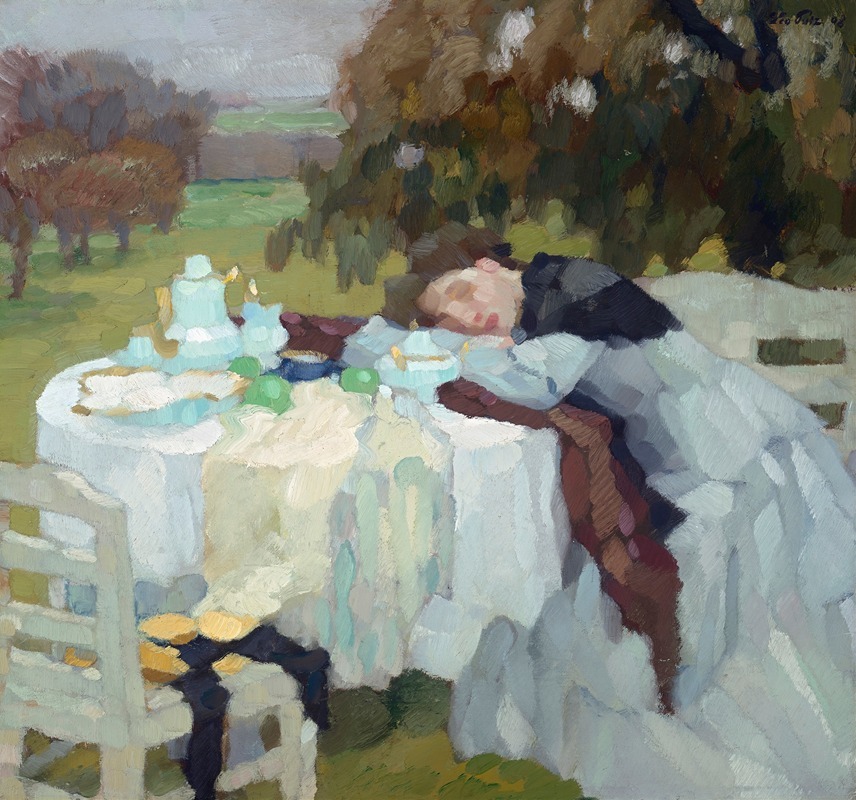
late autumn
A hand-painted replica of Leo Putz’s masterpiece late autumn, meticulously crafted by professional artists to capture the true essence of the original. Each piece is created with museum-quality canvas and rare mineral pigments, carefully painted by experienced artists with delicate brushstrokes and rich, layered colors to perfectly recreate the texture of the original artwork. Unlike machine-printed reproductions, this hand-painted version brings the painting to life, infused with the artist’s emotions and skill in every stroke. Whether for personal collection or home decoration, it instantly elevates the artistic atmosphere of any space.
Leo Putz was an Austrian painter known for his contributions to Impressionism and Art Nouveau. Born in 1869 in Merano, which was then part of the Austro-Hungarian Empire, Putz developed a distinctive style that combined elements of both movements. His works often depicted serene landscapes, portraits, and scenes of everyday life, capturing the essence of the early 20th century European art scene.
One of Putz's notable works is "Late Autumn," a painting that exemplifies his mastery in capturing the subtle nuances of light and color. Although specific details about the painting's creation, such as the exact year it was painted, are not widely documented, it is consistent with Putz's style during his mature period. This period was characterized by a focus on natural settings and an exploration of the changing seasons, which were common themes in his oeuvre.
"Late Autumn" reflects Putz's ability to convey the transitional beauty of the season. The painting likely features a landscape scene, as was typical of Putz's work, with a focus on the interplay of light and shadow. Putz was known for his ability to capture the fleeting moments of nature, and "Late Autumn" would have been no exception, showcasing the muted tones and soft lighting associated with the end of the autumn season.
Putz's technique involved the use of loose brushstrokes and a vibrant yet restrained color palette, which allowed him to create a sense of movement and atmosphere. This approach was influenced by his studies in Munich and his exposure to the works of other Impressionist painters. His ability to blend these influences with his unique vision made his work stand out in the European art scene of the time.
Throughout his career, Putz was associated with several art groups, including the Munich Secession and the Berlin Secession, which were instrumental in promoting modern art in Germany and Austria. His involvement with these groups provided him with a platform to exhibit his work and connect with other artists who shared his vision.
In addition to his landscapes, Putz was also known for his portraits and genre scenes, which often depicted women in natural settings. These works further demonstrated his skill in capturing the delicate interplay between light, color, and form.
Leo Putz's contributions to art were recognized during his lifetime, and his works continue to be appreciated for their beauty and technical skill. "Late Autumn," like many of his paintings, serves as a testament to his ability to capture the ephemeral qualities of nature and the changing seasons. His legacy is preserved in various art collections and museums, where his works are celebrated for their contribution to the development of modern art in the early 20th century.





